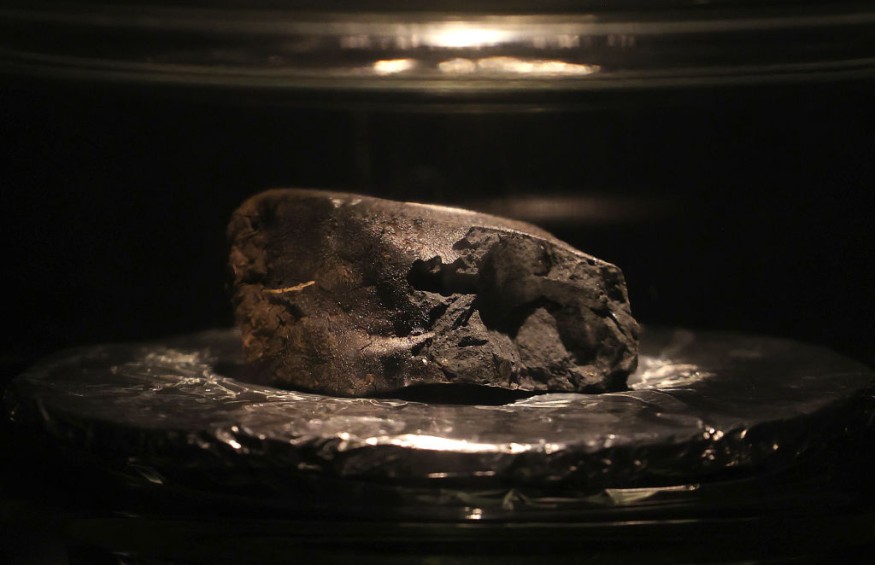The water in a meteorite that struck the Gloucestershire town of Winchcombe last year was almost a perfect match for the water on Earth.
This supports the theory that space-born rocks introduced water and other important chemical elements to the planet early in its existence, billions of years ago.
The meteorite is thought to be the most significant one ever found in the UK.
According to scientists who have published their first in-depth investigation, their study has produced remarkable findings.

Winchcombe Meteorite May Solve Water Mystery on Earth
The study, which was published on Wednesday in the journal Science Advances, suggests that space rocks may have carried essential chemical elements, like water, to our planet billions of years ago, creating the oceans and all life on Earth.
According to the US Geological Survey, water covers around 71% of the surface of the Earth, with oceans containing roughly 96.5% of all water.
The Winchcombe meteorite, as it has come to be called, was imaged and chemically analyzed, and it was determined to contain around 11% water and 2% carbon by weight, making it the first of its sort discovered in the UK.
According to a news statement from the Natural History Museum (via CNN), the scientists determined that the ratio of hydrogen isotopes in the water closely approximated the makeup of water on Earth.
The greatest proof that water and biological stuff were brought to the planet by asteroids like the one Winchcombe broke away from was found in extracts from the rock, which also included traces of extraterrestrial amino acids.
A CM carbonaceous chondrite, a kind of stony meteorite with a high composition of elements that predate the solar system, was identified as the meteorite.
Space Rock's Exact Trajectory
Analyzing the meteorite's organic components, including carbon, nitrogen, and amino acids, revealed a similarly clear picture.
According to BBC News, this kind of chemistry could have provided the building blocks for the emergence of biology on the early Earth.
The current investigation likewise confirms the provenance of the meteorite.
Researchers have been able to determine a fairly exact course thanks to camera video of the fireball.
This suggests that the meteorite came from the outer asteroid belt between Mars and Jupiter when calculated backwards.
Further research reveals that it was likely knocked off the top few meters of a parent asteroid during a collision.
The quantity of certain atoms, such as neon, generated in the meteorite material by the continuous exposure to high-speed space particles, or cosmic rays, shows that it only took 200,000 to 300,000 years for them to reach Earth.
RELATED ARTICLE: Rare 4.6-Billion-Year-Old Meteorite Discovered in England Found Lying in Imprint of a Horseshoe
Check out more news and information on Meteorite in Science Times.
© 2025 ScienceTimes.com All rights reserved. Do not reproduce without permission. The window to the world of Science Times.











